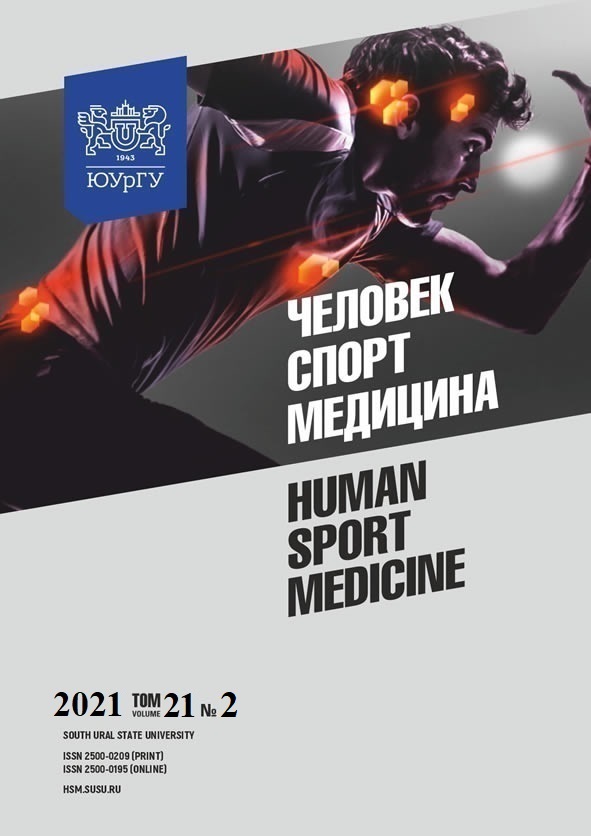CARDIAC MAST CELLS AND ADAPTATION OF THE HEART TO PHYSICAL ACTIVITY
Abstract
Aim: The paper aims to study the morphometric indicators of cardiomyocytes, microvasculature and cardiac mast cells in the rat heart under exercise with normal and altered cardiomyocyte metabolism. Materials and methods. Rats were subjected to physical activity, which consisted of daily swimming sessions with a load of 20% of body weight (5 cycles, 1-minute swimming session/rest, 4 weeks). Meldonium was used to alter cardiomyocyte metabolism. Histological preparations of the heart were evaluated by the following indicators: the number of cardiomyocytes per mm2, the diameter of cardiomyocytes, the number of nuclei in cardiomyocytes, the number of blood vessels per mm2, the area of blood vessels per mm2; the number of mast cells per mm2. The synthetic and degranulation activity of mast cells was also evaluated. Results. As a result of daily swimming, hypertrophy of cardiomyocytes and an increase in the number of blood vessels develop simultaneously with an increase in the number of mast cells and their functional activity. Suppression of cardiomyocyte hypertrophy and mast cell response under the effect of meldonium, which induces a shift towards glucose oxidation, was recorded. Conclusion. The results obtained indicate a possible relationship between physiological myocardial hypertrophy and the immune system. Moreover, there is a dependence between the sensitivity of cardiomyocytes to mast cell mediators and metabolic processes.
References
References on translit
Copyright (c) 2021 Human. Sport. Medicine

This work is licensed under a Creative Commons Attribution-NonCommercial-NoDerivatives 4.0 International License.















